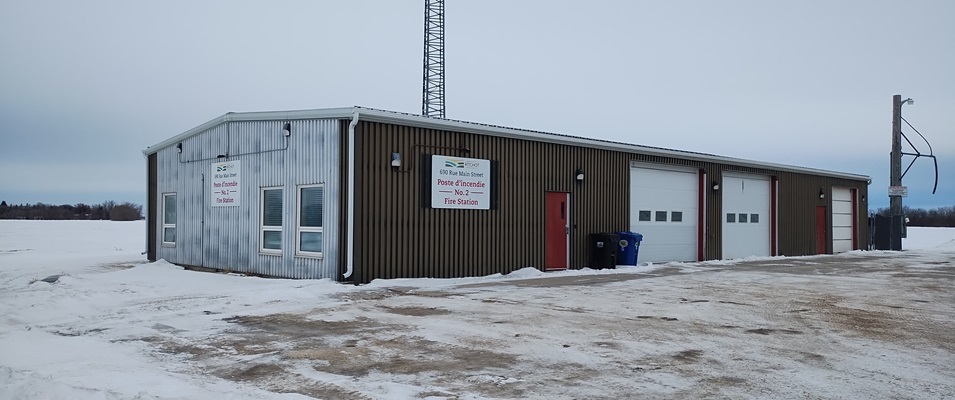
As the cold weather approaches and the fields transform back into rolling scrubland from the bursting oases of greens, yellows, and blues they were just one month ago, we have the opportunity to reflect on another year in Niverville’s biggest and oldest industry: agriculture.
“As farmers we would like to have the public know a little bit more about what we’re up to,” says local farmer Ken Krahn, who cultivates close to 3,000 acres, an average-sized family farm. “I think generally the harvest has been coming along quite smoothly for most.”
Every growing season is a bit different, and a bit of a gamble considering some of the extreme weather of the last several years.
“In the last 10 years, we’ve had the coldest, the hottest, the driest, and the wettest [years on record],” says Dustin Wiebe. He farms 4,300 acres stretching from the south perimeter to Mitchell.
This year, Krahn grew wheat, canola, soybeans, and corn. Although most of the crops did quite well, the wheat was hit hard. “That’s because of heavy wind and heavy rain throughout the growing season,” Krahn says. “It flattened the crop, so it was a challenge to harvest. And because it was flattened early in the season, the nutrients weren’t able to feed the crop as well.”
The culprit was a windstorm in early July, which struck right when the crop was heaviest. “It’s green and heavy, and it just didn’t have the strength to stand up.”
Wiebe’s wheat crop met a similar fate. “We had 95 percent of our wheat knocked on the ground. So we were not happy with the wheat field, not in comparison to other years.” Fortunately, inclement weather didn’t put a damper on the rest of his fields. “It’s one of those things. All in all, I think this crop was average.”
“The biggest concern we have here in the southeast is not drought but excessive rain,” Krahn says. “I know some did get excessive rain, but we got quite fortunate.”
Wiebe agrees, and breaks down the numbers. “When Niverville had that rainstorm last year, with 4 to 5 inches, if you get that on a field, then 1 inch of rain on a square mile is 17 million gallons. You times that by 4 inches of rain, and that’s a lot of water that’s gonna come off the field.” In those situations, he says that his best fields are those closest to the river, which have a 40-foot slope to drain the water. Some of the fields closer to Niverville are slower going.
“Our canola did well, and beans have done very well,” Krahn reports. At the time of this writing, Krahn was preparing to start harvesting corn, which also looked strong. “We’ve had a good long season. We had a couple of frosts, but we had a long enough season so that the frost isn’t damaging the crop.” Late-season frost, he says, can help by drying down mature fields.
This year, Krahn is also planting some winter wheat. “We seed it now and harvest it in the summertime.”


















